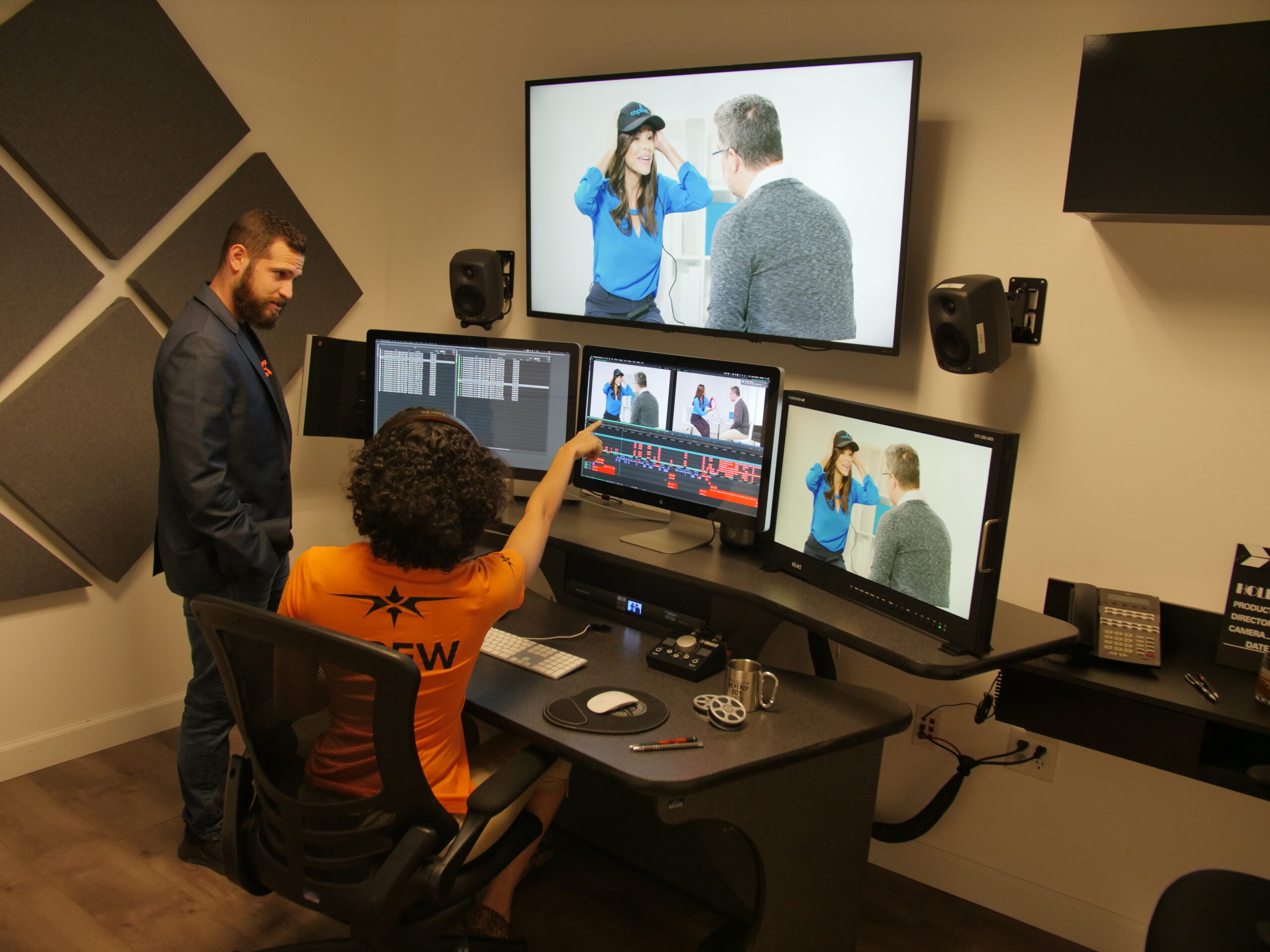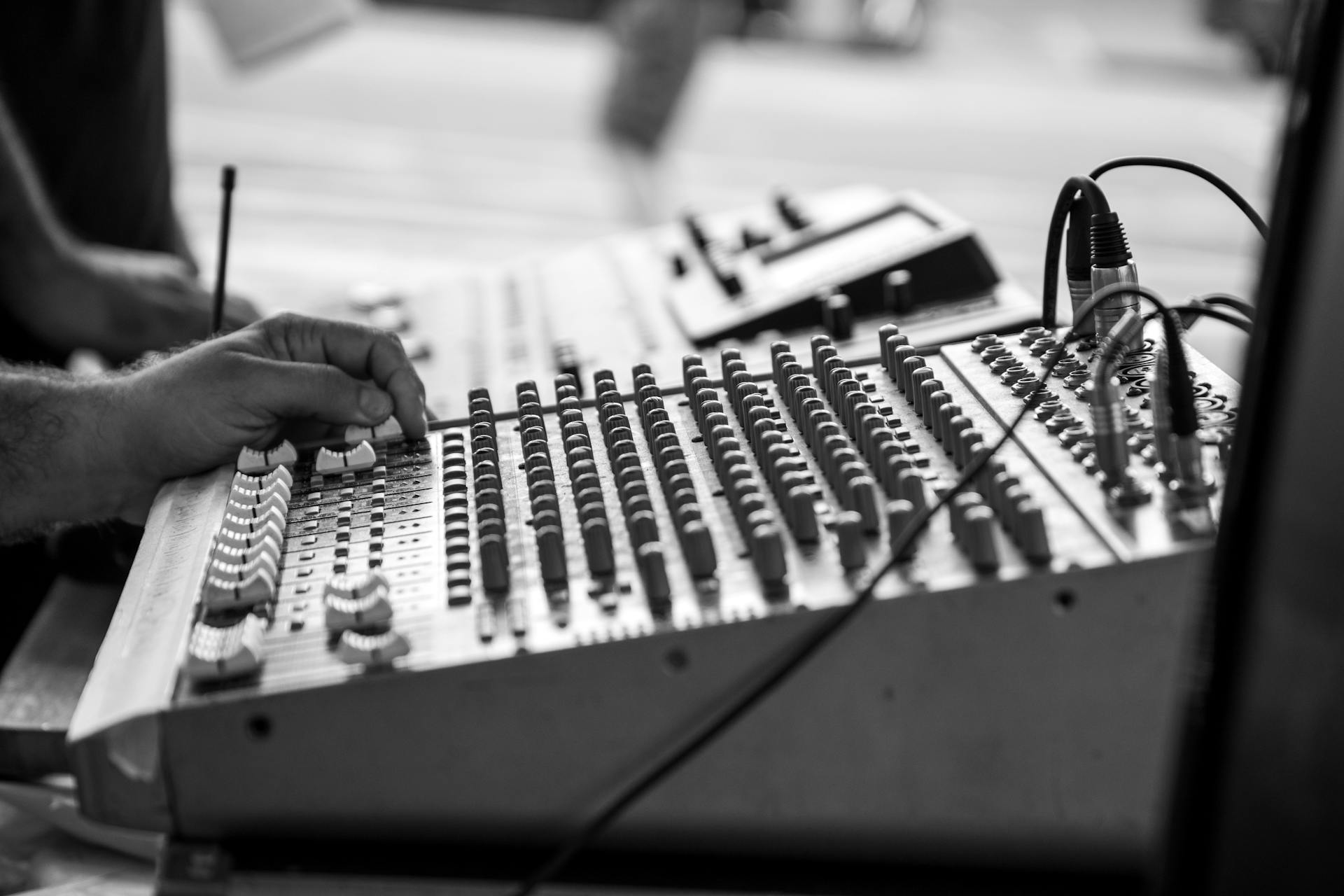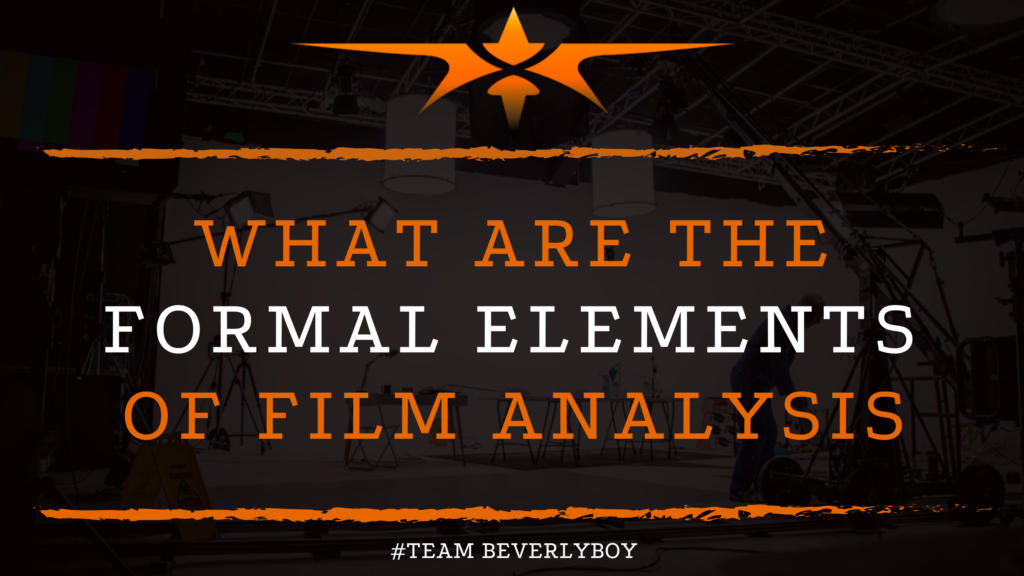What are the Formal Elements of Film Analysis?
When it comes to analyzing a film, the formal elements of film analysis are incredibly important. Frequently referred to as “the big four,” understanding the formal elements of film analysis is important to any type of analysis. Whether you intend examine semiotics, culture, mise-en-scene or a narrative view. The cinematic techniques used to produce a film. And the meaning behind that production can almost certainly be analyzed using these four formal elements which are critical to the process.
1. CINEMATOGRAPHY

A generalized term used to describe the manipulation of the camera in a variety of ways in order to produce shots and the raw footage that is used in the production of any film.
Cinematography represents the camera movement, shooting, and processes involved. When it comes to formal film analysis, cinematography is one of the primary elements involved.
Cinematography concepts that are used in the analysis of film include things like shot distance, camera angles, and individual camera movements. Which together makeup the cinematography.
WHEN ANALYZING CINEMATOGRAPHY, THE FOLLOWING ELEMENTS ARE CONSIDERED:
- Camera view
- Shot
- Camera angle
- Camera movement
OTHER PARTS OF ANALYSIS
Additionally, one may also examine lighting, aesthetics, and various other elements as part of the analysis of cinematography.
This includes reviewing things like background lighting or the use of various techniques to create more powerful concepts in film.
2. EDITING

Another formal element of film analysis, editing represents the establishment of post-production juxtaposition of shots, scenes, and footage.
Editing two or more pieces together, particular two or more shots that are captured in the process of production, represents the next major phase of creating a film.
To analyze the editing of a film, one must examine the footage in the most simplistic of manner thinking about the way each shot or graphic image is juxtaposed to form the scene.
The filmmaker links graphics in editing use graphic match to establish narrative balance and create a sequence which delivers continuous graphics to the screen.
WHEN ANALYZING EDITING, CONSIDER THE FOLLOWING ELEMENTS:
- Cross cutting and cutaway shots.
- Dissolve and other transitions.
- Establishing shots.
- Flashbacks and dream sequences.
- Point-of-view shots.
- Transitional devices.
3. MISE-EN-SCENE
Another one of the formal elements of film analyses, mise-en-scene represents what is put into the scene.
Elements of mise-en-scene include basically everything that you see appear in front of the camera within a shot.
This includes elements such as the props and lighting that justify a scene, costumes that actors wear and their behaviors or facial expressions.
FOR EXAMPLE
Mise-en-scene can even include things like unique elements previously unplanned within the scene.
Such as passing traffic or a bee flying around the set which happens to pass through the frame while filming.
DIRECTOR’S INTENT
If analyzing mise-en-scene during a typical film analysis, it’s likely that the theorist or student that is studying and analyzing the film will discuss various choices.
Particularly those made by the director in the production of the film. As well as elements in the frame specifically chosen for the production.
The typical examination of mise-en-scene for a film analysis is going to reference “the set”. But there is likely an application of elements that presented to the camera.
Which are not technically part of “the set.” For example, the following are included in the film analysis of mise-en-scene:
- Character costumes
- Techniques used to produce various elements.
- Techniques intended for special effects.
- The use of a particular motif or theme and its meaning.
- The use of a particular color, color scheme, or theme and it’s motive.
- Props used.
4. SOUND

The formal elements of film analysis would certainly be incomplete without an analysis of sound.
In analyzing the sound of a film, it’s important to understand that what we think of as “sound” may not be the only considerations to make in a true film sound analysis.
Of course sounds of dialogue and the fundamental conversations taking place between main roles in a film will be analyzed. But also diegetic and non-diegetic sounds, too.
FILMS’ DIEGESIS
The analysis of diegetic and non-diegetic sound represents the films’ diegesis.
Sound analysis is an important element of film study as it provides unique perspective into the thoughts, actions, and underlying intentions of a filmmaker when he or she produced the film.
SOUND ELEMENTS TO EXAMINE DURING AN ANALYSIS WILL INCLUDE:
- Dialogue between characters.
- Narration.
- Voice-over.
- Music.
- Background sounds and noise.
- Ambient sounds.
- Sounds produced by individual objects in the story.
- Music that represents something in particular such as the mood, a dramatic effect, or another element of the story.
ANALYSIS
There are many diegetic voices to analyze. Including character voices, instrumental music and sound that comes from within the film.
Likewise, sound analysis must also include the study of diegetic sound.
Such as the commentary made by the narrator, film score, mood music, and sound effects. Which the film post-production adds in.
IN SUMMATION
As you can see, when it comes to the formal elements of film analysis, sound, mise-en-scene, cinematography and editing are impermeable to the analysis.
These formal elements of film analysis represent a variety of underlying features and characteristics which provide for a unique opportunity.
In which a thorough analysis of the story, underlying parts, and production circumstances can be examined.

